-
 Bitcoin
Bitcoin $115200
0.74% -
 Ethereum
Ethereum $3730
6.71% -
 XRP
XRP $3.075
4.85% -
 Tether USDt
Tether USDt $1.000
0.01% -
 BNB
BNB $766.1
1.85% -
 Solana
Solana $168.7
4.22% -
 USDC
USDC $0.9999
0.00% -
 Dogecoin
Dogecoin $0.2097
5.42% -
 TRON
TRON $0.3327
1.72% -
 Cardano
Cardano $0.7547
4.04% -
 Stellar
Stellar $0.4156
4.83% -
 Hyperliquid
Hyperliquid $38.77
1.37% -
 Sui
Sui $3.589
4.15% -
 Chainlink
Chainlink $17.09
4.86% -
 Bitcoin Cash
Bitcoin Cash $574.6
5.82% -
 Hedera
Hedera $0.2523
1.95% -
 Avalanche
Avalanche $23.01
7.68% -
 Ethena USDe
Ethena USDe $1.001
-0.02% -
 Litecoin
Litecoin $120.4
9.83% -
 Toncoin
Toncoin $3.426
-4.06% -
 UNUS SED LEO
UNUS SED LEO $8.918
-0.53% -
 Shiba Inu
Shiba Inu $0.00001250
2.49% -
 Uniswap
Uniswap $9.956
8.52% -
 Polkadot
Polkadot $3.724
3.26% -
 Monero
Monero $304.7
0.19% -
 Dai
Dai $0.9999
-0.01% -
 Bitget Token
Bitget Token $4.394
1.48% -
 Cronos
Cronos $0.1400
6.96% -
 Pepe
Pepe $0.00001076
2.83% -
 Aave
Aave $268.4
3.45%
trading with binance app
With Binance, traders can securely manage their crypto assets, execute trades with ease, and access a diverse range of coins and tokens.
Nov 25, 2024 at 06:02 am
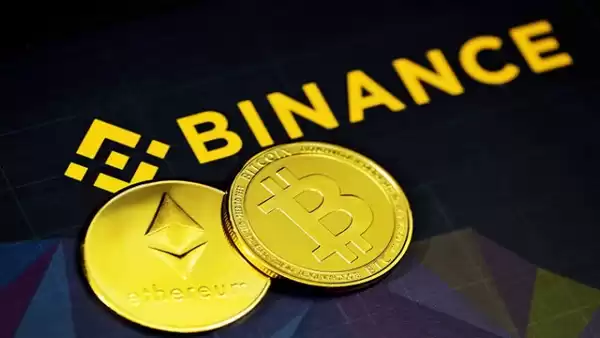
Trading with Binance App: A Comprehensive Guide
Introduction
Binance is the world's leading cryptocurrency exchange, offering a wide range of features and services that make it an attractive option for traders of all levels. In this article, we will provide a comprehensive guide to trading with the Binance app, covering everything from creating an account to executing trades and managing your portfolio.
Step 1: Creating an Account
- Visit the Binance website or download the Binance app on your mobile device.
- Click on "Register" and follow the on-screen instructions.
- You will need to provide your email address, create a password, and accept the terms of service.
- Once you have completed the registration process, you will receive a confirmation email from Binance.
Step 2: Setting Up 2-Factor Authentication (2FA)
- 2FA is an added security measure that helps protect your account from unauthorized access.
- To enable 2FA, go to the "Security" section of your Binance account and click on "Enable 2-Factor Authentication."
- You will need to choose between using an SMS or a Google Authentication app as your 2FA method.
- Once you have enabled 2FA, you will be prompted to enter a 6-digit verification code every time you log in to your Binance account.
Step 3: Funding Your Account
- There are a number of ways to fund your Binance account, including bank transfers, credit/debit cards, and cryptocurrencies.
- To fund your account with a bank transfer, go to the "Fiat and Spot" section of your Binance account and click on "Deposit."
- Select the currency you want to deposit and follow the on-screen instructions.
- To fund your account with a credit/debit card, go to the "Card Payment" section of your Binance account and click on "Deposit."
- Enter the amount you want to deposit and your credit/debit card information.
- To fund your account with cryptocurrencies, go to the "Deposit" section of your Binance account and select the cryptocurrency you want to deposit.
- Copy the deposit address provided by Binance and send your cryptocurrency to that address.
Step 4: Finding Your Trading Pair
- Once you have funded your account, you can start trading by finding your trading pair.
- A trading pair is a combination of two cryptocurrencies that can be traded against each other.
- To find your trading pair, go to the "Trade" section of your Binance account and select the "Spot" tab.
- In the "Search" field, enter the name of the first cryptocurrency in your trading pair followed by the name of the second cryptocurrency.
- For example, to trade Bitcoin against Tether, you would enter "BTC/USDT" into the "Search" field.
Step 5: Placing an Order
- Once you have found your trading pair, you can start placing orders.
- There are a number of different order types that you can use, including market orders, limit orders, and stop orders.
- To place a market order, click on the "Market" tab in the trading interface.
- Enter the amount of the cryptocurrency you want to buy or sell and click on the "Buy" or "Sell" button.
- To place a limit order, click on the "Limit" tab in the trading interface.
- Enter the amount of the cryptocurrency you want to buy or sell, the price at which you want to buy or sell, and click on the "Buy" or "Sell" button.
- To place a stop order, click on the "Stop" tab in the trading interface.
- Enter the amount of the cryptocurrency you want to buy or sell, the stop price, and the price at which you want to buy or sell.
Step 6: Managing Your Portfolio
- Once you have started placing orders, you can manage your portfolio by viewing your open orders, closed orders, and trade history.
- To view your open orders, click on the "Open Orders" tab in the trading interface.
- To view your closed orders, click on the "Closed Orders" tab in the trading interface.
- To view your trade history, click on the "Trade History" tab in the trading interface.
Step 7: Withdrawing Your Funds
- Once you have finished trading, you can withdraw your funds from Binance to your bank account, credit/debit card, or cryptocurrency wallet.
- To withdraw your funds to a bank account, go to the "Fiat and Spot" section of your Binance account and click on "Withdraw."
- Select the currency you want to withdraw and follow the on-screen instructions.
- To withdraw your funds to a credit/debit card, go to the "Card Payment" section of your Binance account and click on "Withdraw."
- Enter the amount you want to withdraw and your credit/debit card information.
- To withdraw your funds to a cryptocurrency wallet, go to the "Withdraw" section of your Binance account and select the cryptocurrency you want to withdraw.
- Copy the withdrawal address provided by your cryptocurrency wallet and enter it into the "Address" field on the Binance withdrawal page.
Disclaimer:info@kdj.com
The information provided is not trading advice. kdj.com does not assume any responsibility for any investments made based on the information provided in this article. Cryptocurrencies are highly volatile and it is highly recommended that you invest with caution after thorough research!
If you believe that the content used on this website infringes your copyright, please contact us immediately (info@kdj.com) and we will delete it promptly.
- Cryptocurrency, Altcoins, and Profit Potential: Navigating the Wild West
- 2025-08-04 14:50:11
- Blue Gold & Crypto: Investing Disruption in Precious Metals
- 2025-08-04 14:30:11
- Japan, Metaplanet, and Bitcoin Acquisition: A New Era of Corporate Treasury?
- 2025-08-04 14:30:11
- Coinbase's Buy Rating & Bitcoin's Bold Future: A Canaccord Genuity Perspective
- 2025-08-04 14:50:11
- Coinbase's Buy Rating Maintained by Rosenblatt Securities: A Deep Dive
- 2025-08-04 14:55:11
- Cryptos, Strategic Choices, High Returns: Navigating the Meme Coin Mania
- 2025-08-04 14:55:11
Related knowledge
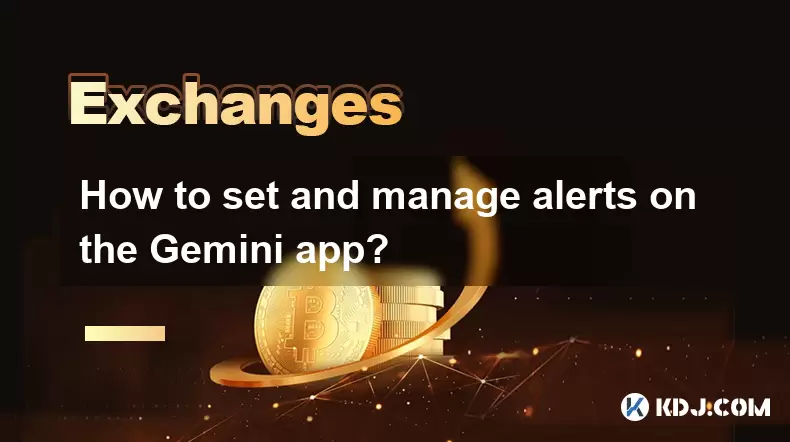
How to set and manage alerts on the Gemini app?
Aug 03,2025 at 11:00am
Understanding the Gemini App Alert SystemThe Gemini app offers users a powerful way to stay informed about their cryptocurrency holdings, price moveme...
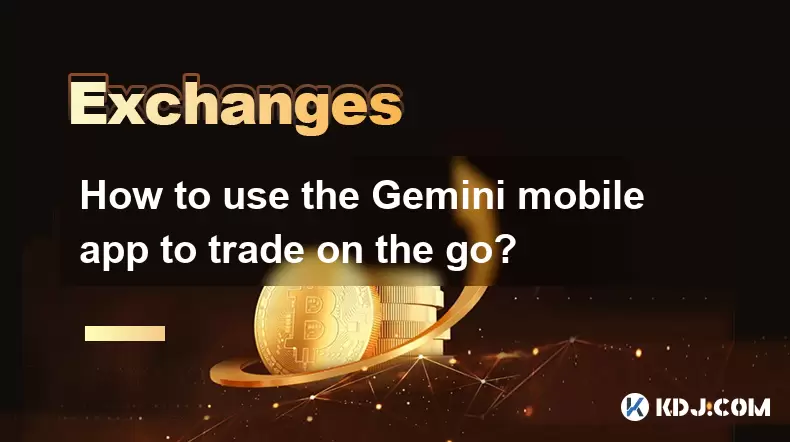
How to use the Gemini mobile app to trade on the go?
Aug 04,2025 at 09:14am
Setting Up the Gemini Mobile AppTo begin trading on the go using the Gemini mobile app, the first step is installing the application on your smartphon...
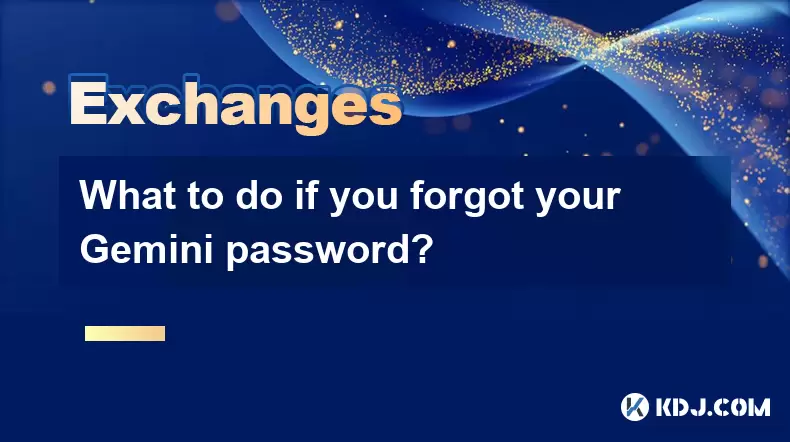
What to do if you forgot your Gemini password?
Aug 04,2025 at 03:42am
Understanding the Role of Passwords in Gemini AccountsWhen using Gemini, a regulated cryptocurrency exchange platform, your password serves as one of ...
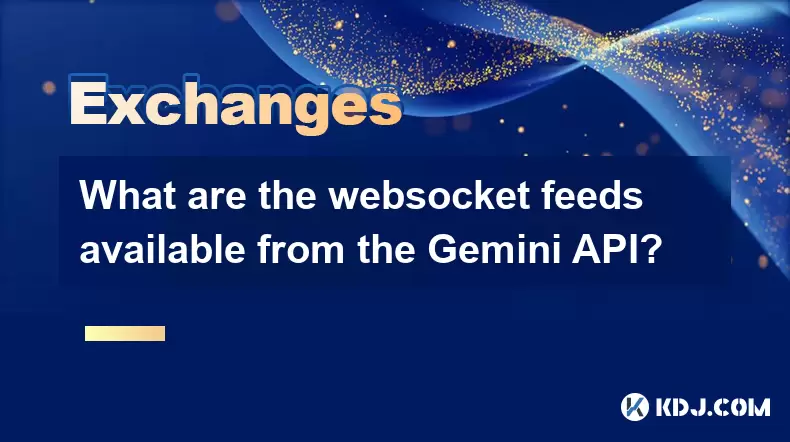
What are the websocket feeds available from the Gemini API?
Aug 03,2025 at 07:43pm
Overview of Gemini WebSocket FeedsThe Gemini API provides real-time market data through its WebSocket feeds, enabling developers and traders to receiv...
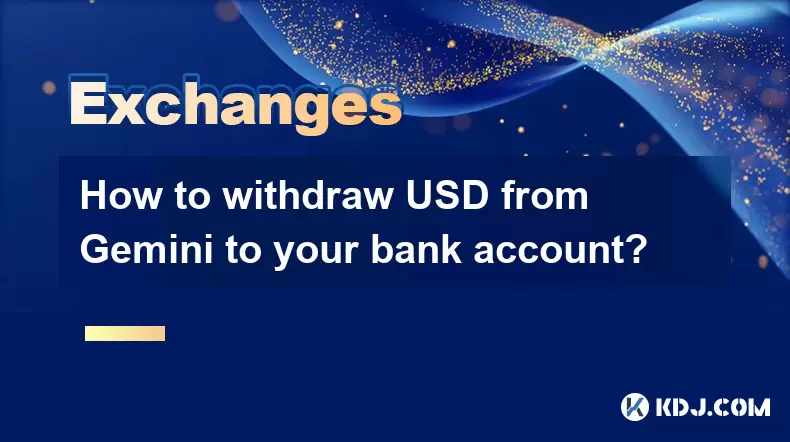
How to withdraw USD from Gemini to your bank account?
Aug 04,2025 at 11:01am
Understanding Gemini and USD WithdrawalsGemini is a regulated cryptocurrency exchange platform that allows users to buy, sell, trade, and store digita...
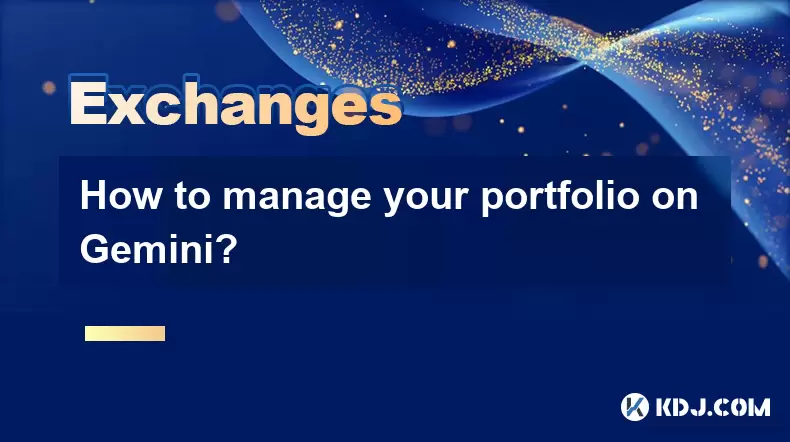
How to manage your portfolio on Gemini?
Aug 03,2025 at 10:36am
Accessing Your Gemini Portfolio DashboardTo begin managing your portfolio on Gemini, you must first log in to your account through the official websit...

How to set and manage alerts on the Gemini app?
Aug 03,2025 at 11:00am
Understanding the Gemini App Alert SystemThe Gemini app offers users a powerful way to stay informed about their cryptocurrency holdings, price moveme...

How to use the Gemini mobile app to trade on the go?
Aug 04,2025 at 09:14am
Setting Up the Gemini Mobile AppTo begin trading on the go using the Gemini mobile app, the first step is installing the application on your smartphon...

What to do if you forgot your Gemini password?
Aug 04,2025 at 03:42am
Understanding the Role of Passwords in Gemini AccountsWhen using Gemini, a regulated cryptocurrency exchange platform, your password serves as one of ...

What are the websocket feeds available from the Gemini API?
Aug 03,2025 at 07:43pm
Overview of Gemini WebSocket FeedsThe Gemini API provides real-time market data through its WebSocket feeds, enabling developers and traders to receiv...

How to withdraw USD from Gemini to your bank account?
Aug 04,2025 at 11:01am
Understanding Gemini and USD WithdrawalsGemini is a regulated cryptocurrency exchange platform that allows users to buy, sell, trade, and store digita...

How to manage your portfolio on Gemini?
Aug 03,2025 at 10:36am
Accessing Your Gemini Portfolio DashboardTo begin managing your portfolio on Gemini, you must first log in to your account through the official websit...
See all articles

























































































